
views
Positioning Your Coins and Your Hands
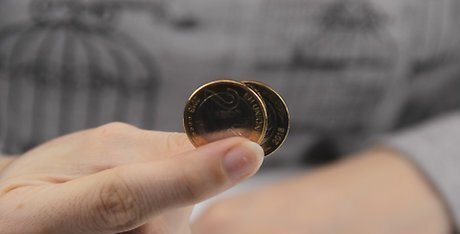
Obtain two identical coins. For this trick, you’ll need not one but two coins that look exactly the same. Half-dollars or dollar coins are recommended – most magicians prefer the size and weight of this coin. If your hands are on the smaller side, quarters can work too.

Retreat to a hidden space to set up for your trick. For best results, you should perform this trick at a table, with your audience members facing directly toward you. Before you sit down at the table to perform the trick, go somewhere private – like a bathroom, a spare bedroom, or behind a curtain – to properly position your coins and hands. The audience must never see that you are using two coins for the trick instead of one. Otherwise, it will not work.
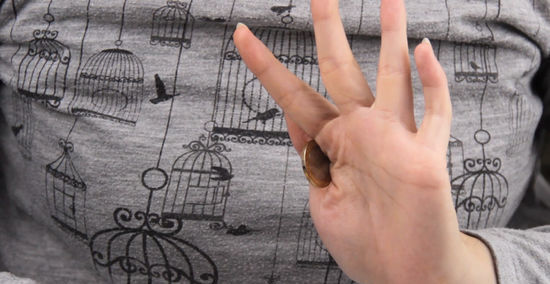
Tuck a coin between the index finger and thumb of your non-dominant hand. Once you’re in hiding, secure one of the two coins discreetly in the palm of your non-dominant hand – the hand you’ll eventually “pass” the coin through – by squeezing it between your thumb and your index finger. This covert coin-hiding technique is referred to by magicians as a thumb clip or a thumb pinch palm.

Flip your hand so your palm is facing the floor. Squeeze your finger and thumb securely so the coin doesn’t fall out of your “thumb clip” when you overturn your hand. The coin should be oriented vertically, with the ridged edge pointing directly down towards the floor. No part of the coin should be visible above the back of your hand. Again, for the trick to succeed, the audience cannot know that you have two coins instead of one.
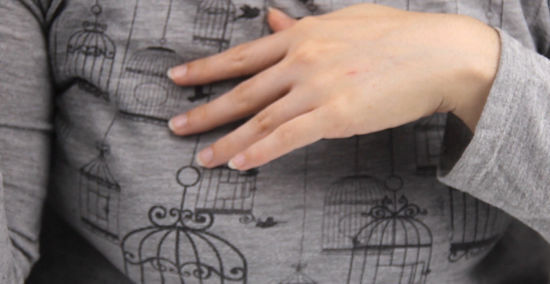
Tilt your non-dominant hand back slightly. By tilting your hand so that your little finger is slightly closer to your audience and your hand is at an angle, you will make it impossible for your audience to see the coin that is secretly tucked between your thumb and index finger.
Creating the Illusion

Emerge from your hiding place while keeping the coins hidden. Once you have the coins properly positioned, sit down at the table in front of your audience. Clearly show them the coin in your dominant hand, but keep your non-dominant hand angled so the audience cannot see the coin you’re holding between your thumb and index finger. Relax and maintain natural posture and limb positioning as you sit down. If your non-dominant hand is angled stiffly or tucked behind your back, it will be obvious that you’re hiding something.
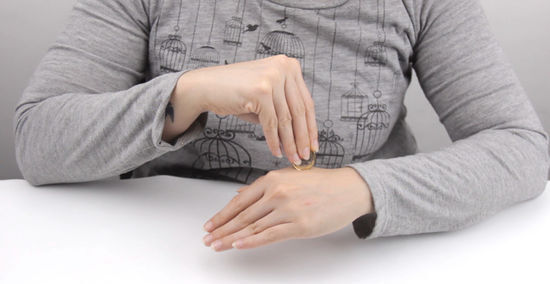
Begin "pushing" the visible coin through the back of your hand. With your dominant hand, begin jabbing the vertically-oriented coin against the back of your non-dominant hand, as if you were trying to fit it into a coin slot in your skin. While jabbing, announce to your audience that you’re “trying to find the soft spot.” Pretending that you’re actually going to push the coin through the back of your hand – in other words, keeping up the act – will make your trick even more convincing.

Slide the fingers of your dominant hand down over the visible coin. After a silent count to three, quickly slide the fingers of your dominant hand down over the coin you’re pushing into the back of your non-dominant hand so that the coin becomes completely hidden from the audience. At this point in the trick, the coin that has been visible will become hidden, and the coin that has been tucked between the index finger and thumb of your non-dominant hand will become visible. To make sure the audience believes they are the same coin, you must perform this step and the next one simultaneously.

Release the coin in your non-dominant hand and let it drop to the table. Let go of the coin that has been tucked and hidden between your non-dominant thumb and index finger by relaxing the pressure of your thumb against the side of your index finger. It’s important to do this at the very same time that you hide the other coin, as described in the previous step.it The noise and spectacle of the coin dropping to the table will misdirect the audience while you perform the next step of the trick.

Pull the hidden coin up towards your dominant palm. Using your dominant thumb, pull the coin that’s now hidden – the one you were trying to push through the back of your hand– towards the center of your palm by sweeping it upwards against the fingers of your dominant hand. As you pull, try your best to make sure that the back of your hand is facing the audience so they won’t see you scooping the coin up towards your palm with your thumb.
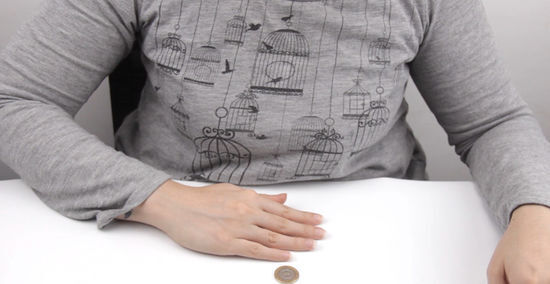
Cup the coin in the center of your palm. Once you pull the coin all the way up towards the center of your dominant palm, tuck it in a shallow cup made by your palm. It should be secure enough such that you can put your hand face-down without the coin falling to the table, but your hand should still appear to be fairly flat. Holding a coin in this matter is called palming – a basic magic skill that shows up in many sleight-of-hand tricks. It is difficult, and can take substantial practice to master. This is perhaps the most crucial part of the trick, because it safely hides the coin you were trying to push through your hand from your audience, allowing them to believe that it’s the same coin that you dropped on the table.
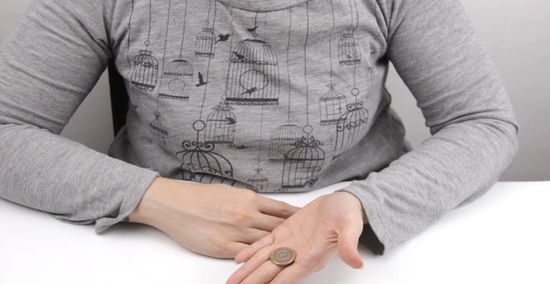
Pick up the coin on the table with your non-dominant hand. Show it to your audience to emphasize that it has indeed passed through your hand and dropped to the table. Once again, putting on a consistent, enthusiastic act will help you fully convince your audience that you made a coin go through your hand.










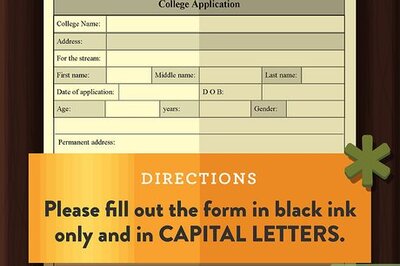



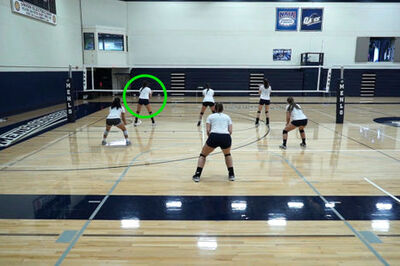



Comments
0 comment